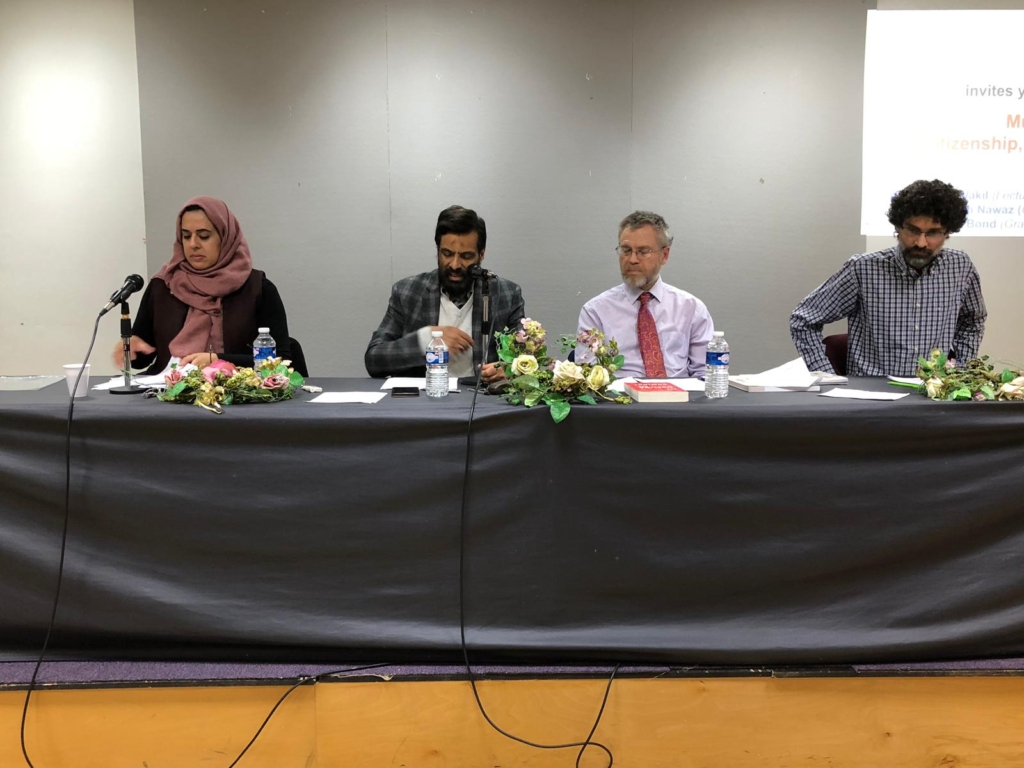The pick up in growth next year is based on rising oil revenues but is still below pre-crisis estimated growth rates of around seven per cent, when oil touched $ 147 a barrel.
“You need to continue public spending next year,” Masood Ahmed, director of the IMF’s Middle East and Central Asia Department, said at a briefing.
“We are not out of the woods yet.”
The IMF said Saudi Arabia and five of its neighbours in the world’s biggest oil-exporting region are likely to post fiscal surpluses amounting to 5.3 per cent of gross domestic product this year, compared with 27.4 per cent of GDP in 2008. Next year’s surpluses will amount to 10.4 per cent of the region’s GDP.
Real GDP growth in 2009 for the Gulf — including the UAE, Kuwait, Qatar, Oman and Bahrain — would fall from an estimated 6.4 per cent last year.
Ahmed credited the region’s hefty reserves, accumulated over a six-year oil boom, for shielding it from the worst of the economic crisis that sent some of the world’s largest economies into recession. As well, he said the counter-cyclical spending by oil exporters — Gulf countries as well as other Mideast exporters — in the face of the downturn helped limit its impact on their economies and led to “positive spillovers” for neighboring states.
In the wake of last fall’s global financial crisis, oil producers in the Gulf region have boosted spending with Saudi Arabia, the biggest Arab economy, alone committing more than $ 400 billion to underpin growth. Oman and other states have also picked up infrastructure spending.
Kuwait’s economy is expected to lag the rebound among its regional peers, according to Credit Suisse, notching a 2.2 per cent growth rate in 2010 after a projected 1.2 per cent contraction in 2009. “Kuwait is simply not doing enough in terms of spending to get itself out of a low growth environment,” said Farouk Soussa, head of Middle East government ratings at Standard & Poors.
In addition to the global crisis, the Gulf region has been grappling with the fallout from a debt implosion at two Saudi conglomerates — Saad Group and Ahmad Hamad Algosaibi & Bros — which has sent shockwaves through the region.
Banks across the Gulf have been forced to hike provisions against loans to the two groups, denting second quarter profits.
Ahmed saids that recent Saudi debt problems are not a sign of a systemic problem. “These are events that need to be worked through as transactions but we don’t really see them, in terms of their size, as reflecting anything systemic,” he said.
With inflation rates tumbling from near record levels in 2008 in many Gulf countries, governments have been able to pick up the pace of spending without fear of sparking inflationary pressures.
Economists expect some Gulf states to see negative inflation this year, primarily due to falling house prices.
“There really should be no signs of inflation that we should worry about … it would be good to keep it that way given the exchange rate regimes in many of these countries,” Ahmed said.


